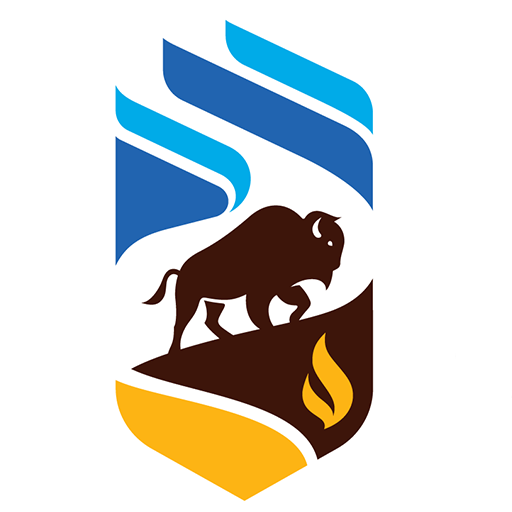📖Program Curriculum
The first semester starts with a choice between courses Dynamics of Earth Systems - Global Change and Applied Geoinformatics. The course Dynamics of Earth Systems - Global Change provides a chance to explore the current research on Earth systems, interactions between Earth systems and how they change with time. The applied GIS course offers case studies relevant to the different areas within Earth Sciences.
These are followed by a course in presentation and publication that provides training and experience in presentation skills alongside courses in climate variations as well as statistical and data analysis.
The second semester contains courses in glaciology and glacial processes, which focus on how glaciers and ice sheets work and how they interact with the climate system and landscape development. It is followed by a course in geomorphology focusing on the development of Earth's surface on different spatial and temporal scales. A course in field techniques and methods is given in parallel with the geomorphology course.
The third semester of the specialisation starts with a set of three courses. One course focuses on environmental changes over geological time scales emphasising climate interactions in landscape development. The second course investigates the interplay between hydrological regimes and society and our land use and how hydrological resources (dams and reservoirs) are used to meet society's needs. The third course is a seminar course on current research topics within physical geography and hydrology.
The semester ends with two parallel courses, where one course is investigating the physical and chemical properties of natural snow, the ecology as well as the energy balance and melt dynamics of snow-covered landscape. The second course is studying the disaster cycle (mitigation, preparation, response and recovery) in relation to natural hazards.
The fourth and last semester of the specialisation is a degree project in the form of an independent project.
Show less
Show more














